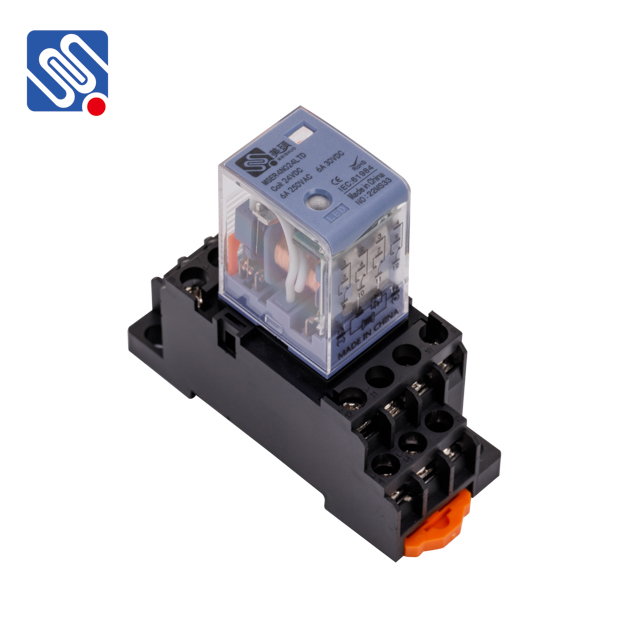Miniature relays are compact, low-power electrical control devices designed to manage switching operations in small-scale circuits. Despite their diminutive size, these relays play a crucial role in automating and controlling a wide variety of electrical systems. From home appliances to industrial applications, miniature relays provide a highly reliable solution for switching electrical circuits with minimal energy consumption. This article explores the key features, working principles, and various applications of miniature relays.

Key Features of Miniature Relays Compact Design One of the most notable features of miniature relays is their small size. Their compact design allows them to be easily integrated into systems where space is limited, making them ideal for use in tight spaces or portable devices. Despite the size reduction, these relays maintain their functional efficiency and durability. Low Power Consumption Miniature relays are designed to work with low power, making them energy-efficient. They are suitable for applications that require minimal energy usage while still providing reliable control. The low power requirement also ensures that the relay’s operation does not lead to unnecessary strain on the power supply.